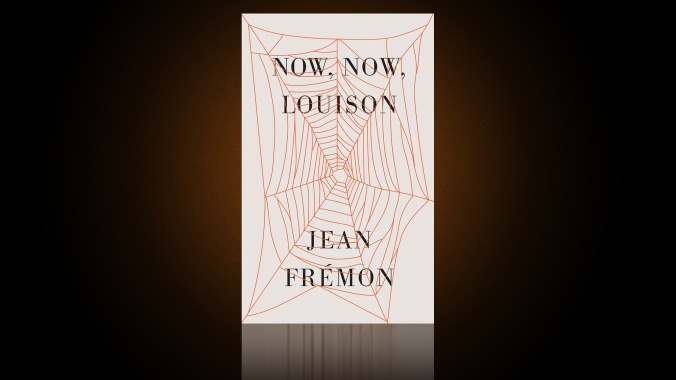From coast to coast: 5 new transportive books to read in March

Every month, a deluge of new books comes flooding out from big publishers, indie houses, and self-publishing platforms. So every month, The A.V. Club narrows down the endless options to five of the books we’re most excited about.
Famous Men Who Never Lived by K Chess (March 5, Tin House)
K Chess’ debut novel, Famous Men Who Never Lived, examines how our identities are shaped by our surroundings, as in the city almost 9 million Americans call home. The New York City of Famous Men Who Never Lived, however, is a warped version of the one protagonist Hel is used to, as she and her partner fled a nuclear holocaust in a parallel universe and found refuge in ours. Hel is a “universally displaced person” who is acclimating to a place that’s not only new but also where her own home never existed. It’s a beguiling concept for an alternate-reality tale, and Chess’ world-building is impressive, as in this excerpt from publisher Tin House.
Lot by Bryan Washington (March 19, Riverhead)
Lot, the linked short story collection from debut author Bryan Washington, centers around the coming of age of a young man, the son of a black mother and Latino father growing up in Houston. Written in the first-person, these narratives are often very close to the protagonist’s perspective; elsewhere, as in “Alief,” the view is wider, that of an entire neighborhood. Washington, who’s been published in The New York Times and Paris Review, shows a strong sense of place, depicting the interconnectedness of a city’s people, block by block, not unlike Peter Orner in his Chicago-set debut, Esther Stories, which is to say, it’s less about a specific landscape than the people who occupy it. Using short, punchy sentences, Washington anchors broad themes of race, gentrification, homosexuality, masculinity, and family to characters that feel as real as a sibling, friend, or neighbor.
Sing To It by Amy Hempel (March 26, Simon & Schuster)
Nearly 15 years since Amy Hempel’s last book of new writing (her PEN/Faulkner-nominated Collected Stories was published in 2006), the short story writer returns with Sing To It, a slim collection titled after the selfsame Arab proverb: “When danger approaches, sing to it.” Like so many former students of Gordon Lish, Hempel is as notable for what she leaves out as what she includes, her spare prose conjuring a mournful hush. Sing To It displays more of the author’s dry humor, surprising turns of phrase (in “Greed,” a cheating woman is “running on the fumes of her beauty”), and the speed with which she dispatches information, tragic information in particular. Especially recommended for short story fans.
The Other Americans by Laila Lalami (March 26, Pantheon)
With her Pulitzer Prize-nominated The Moor’s Account, Laila Lalami spun a tale both granular and epic, at once a character study and a years-long, globe-spanning saga. The Other Americans looks to be of a similar vein, as a disparate cast of characters assembles around the hit-and-run death of a Moroccan immigrant in California. The story unfolds through different characters’ perspectives on the incident and their relationship to the victim, with each chapter tracing the mystery of who might have committed the heinous act and whether or not it was intentional. With her signature depth, Lalami tells the story of immigrants who came to the United States for better lives, but who found the country’s reality to be much more complicated than the rosy promise of the American dream.
Now, Now, Louison by Jean Frémon (translated by Cole Swensen, March 26, New Directions)
In the vein of narratives like The Collected Works Of Billy The Kid by Michael Ondaatje and I’m Not There—Todd Haynes’ unconventional biopic of Bob Dylan—Now, Now, Louison is the fictional portrait of French-American artist Louise Bourgeois, who died in 2010. The first to commission Bourgeois’ work, for a European exhibition in 1985, writer and gallerist Jean Frémon meditates on the spirit of the iconoclastic artist, best known for her oversized sculptures of spiders, rather than presenting a straight biography. Much like the artist’s own work, Now, Now, Louison focuses on Bourgeois’ tumultuous childhood and its enduring effect on her life. The 2008 documentary The Spider, The Mistress, And The Tangerine, which details Bourgeois’ personal history and artistic process, would make a nice companion to this novella.